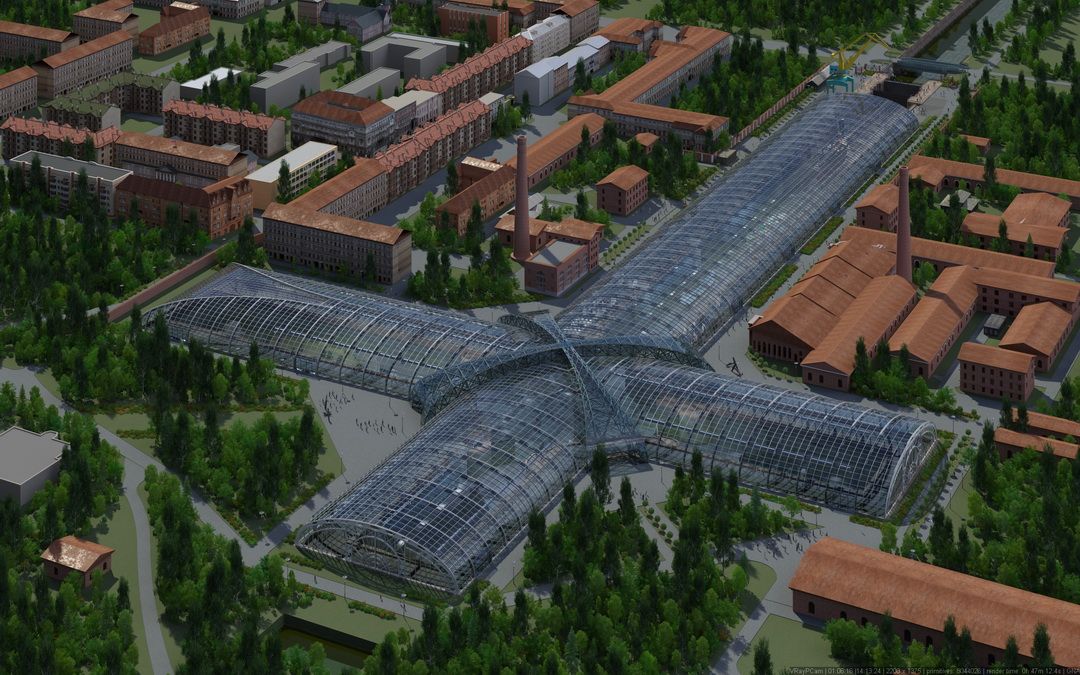The concept of adapting Kronstadt’s Peter’s dock for the Russian Center for Underwater Archaeology was approved by the Council for Protection of Cultural Heritage of St. Petersburg under the auspices of the Government of St. Petersburg. The experts changed the concept four times, taking all comments into consideration, eventually coming up with the final version that will actually be implemented. The new center will be located at Makarovskaya 1Y in Kronstadt. This will be a truly unique center that uses innovative technologуto preserve the past.
The Underwater Research Center of the Russian Geographical Society together with the Kronstadt History Museum commission the project, and OJSC Lenproektrestavratsiya Institute develops it. It is worth noting that the project is paid for by extrabudgetary funds. Kronstadt’s Peter the Great Canal with hydraulic structures is located in the southeastern part of Kotlin Island. It includes Peter’s dock (southern), cross-channel docks, a ravine between the cross-channel and a basin with a ditch; basin with pumping station and drainage channel.
The dock was designed to be unique right away. For example, back in the 18th century, it took only 24 hours to pump the water out from the dock, as opposed to a month it would take to do the very same in Europe. Such speed made it possible to proceed to ship repairs immediately. This dock never followed the progress, it shaped the progress. In 1774, the first steam engine was built in Russia to pump the water out of the drainage basin.
It’s the 21st century and it continues to amaze us with unique, unparalleled solutions. The fourth version of the concept envisages completely transparent cover so that the docks are still fully visible from the outside and serve as the centerpiece of the exposition. The central chamber will be blocked by curved space trusses that are glazed on the outside. The accepted changes to the appearance of the docks do not create dissonance with the surrounding architecture, they will only be visible from Morskoy channel and partially from the Yakornaya Square. Peter’s dock will provide a unique opportunity to deliver and exhibit large-scale underwater objects without ever having to take them out of the water. Vessels with their personal unique stories will be placed in the water to ensure their safety. Upper platforms of the docks and terraces will offer expositions with the use of interactive multimedia and exhibition sections. Additionally, there are plans to conduct research onsite, along with training and certification of specialists involved in the research.
Peter’s dock, turned into a museum and exhibition hall that is unparalleled in the world, Research and Methodological Center, restoration and conservation departments, historic shipyard, and educational programs make up the Russian Center for Underwater Archaeology. This is a perfect example of preserving a historical structure along with its historical function while adding a modern twist to it.








